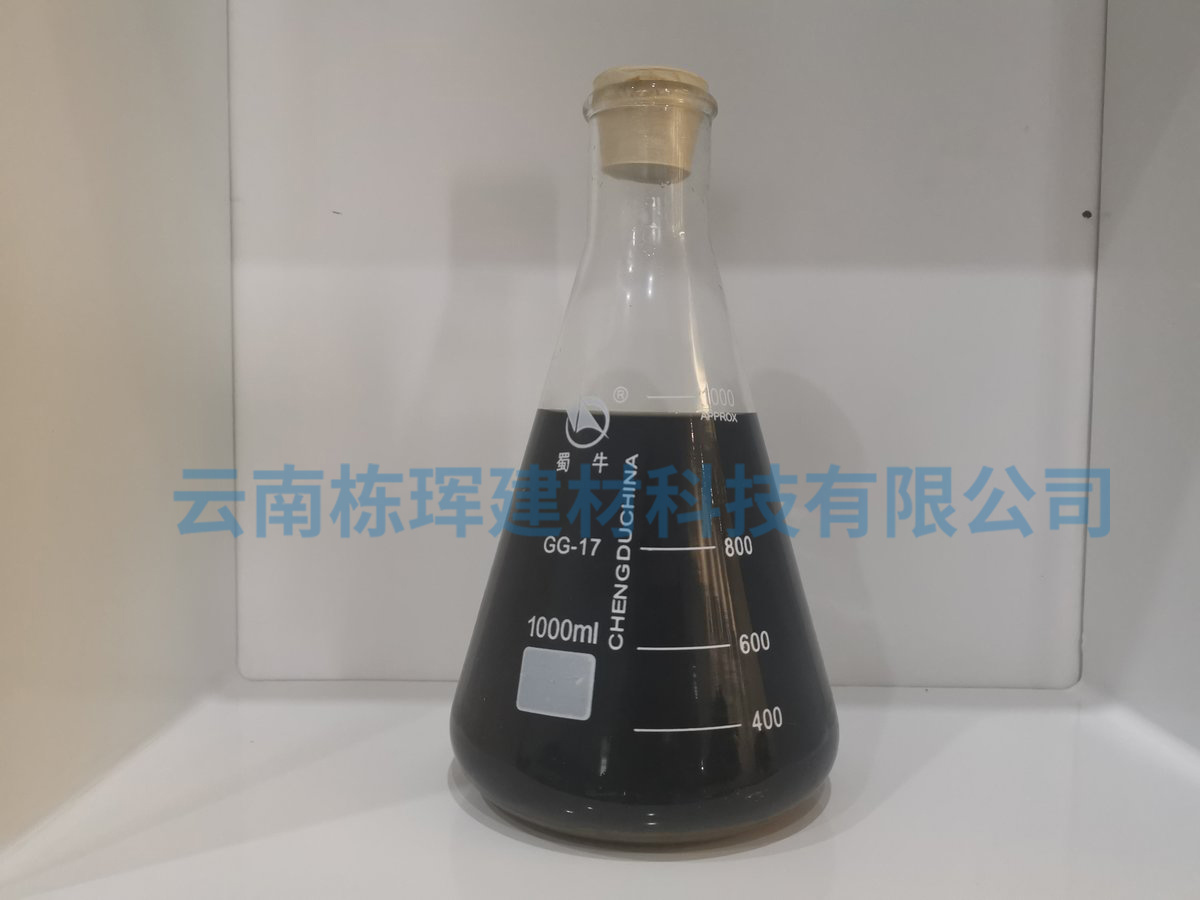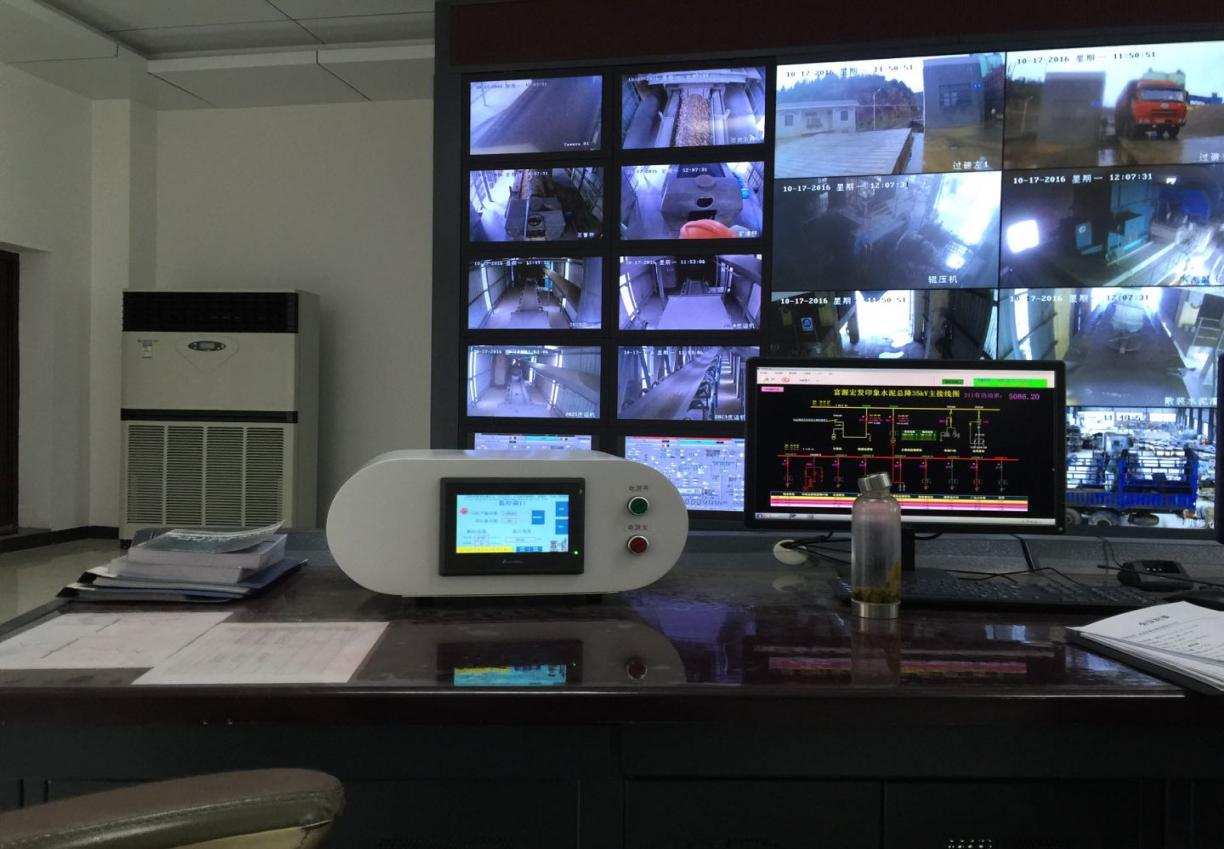Cement use tips
Cement standard consistency water demand (hereinafter referred to as cement water demand), the exact characteristics of the parameter should be the standard consistency of concrete water consumption. It is the amount of mixing water required to make the cement slurry reach a certain level of plasticity and fluidity, which is an important indicator of the performance of cement.
1、About the water requirement of cement
Cement standard consistency water demand (hereinafter referred to as cement water demand), the exact characteristics of the parameter should be the standard consistency of concrete water consumption. It is the amount of mixing water required to make the cement slurry reach a certain level of plasticity and fluidity, which is an important indicator of the performance of cement.
The water requirement of cement directly affects the water-cement ratio of concrete, which in turn affects the strength, corrosion resistance, frost resistance and durability of concrete, the amount of cement and admixture used in concrete production, and the cost and benefit of users.
The greater the standard consistency of cement, the greater the water consumption of cement net paste to reach the standard consistency, cement mortar to reach the specified flow rate of water consumption, as well as cement concrete to reach a certain slump water consumption is also greater, so that its net paste, mortar, concrete, the greater the water-cement ratio, the more inter-particle voids, the smaller the compactness, so that the construction performance of cement and its concrete, mechanical properties and durability performance becomes worse.
Intuitively, the concrete formulation design has three basic parameters: water-cement ratio, water consumption, sand rate.
Two of the three parameters involve water, which shows the importance of the issue of water consumption in the standard consistency of cement in concrete. The strength of concrete is inversely proportional to the amount of water used, and the amount of water used must be reduced in order to increase the strength of concrete.
Theoretically, to keep the strength of concrete constant, when the amount of water used in concrete changes, the water-cement ratio should be kept constant and the amount of cement adjusted accordingly, but this is difficult to do in actual production operations.
Due to the limitations of experimental conditions and process equipment, it is difficult for ready-mixed concrete plants to adjust the cement dosage according to the changes in water demand of each batch of cement. In most cases, the practice is instead to keep the amount of cement and gravel and other materials unchanged, and adjust the water consumption according to the slump value.
In this way, the actual water-cement ratio of concrete will change with the changes in the water demand of cement, which will affect the strength of concrete accordingly. Therefore, in order to stabilize the strength of concrete, the standard consistency water consumption of cement must be stabilized.
Reducing the standard consistency of cement water demand is of great importance to the concrete industry in terms of reducing the amount of water used per cubic meter of concrete, thereby increasing its strength and reducing the amount of cement used to save concrete production costs.
2、The main factors affecting the water demand of cement
(1) the impact of cement specific surface area, particle gradation, particle shape
(2) the impact of the type of cement mix and the amount of admixture
(3) the impact of gypsum on the water demand of cement
(4) The influence of clinker on the water demand of cement
(5) The influence of grinding process on water demand
2.1 Influence of specific surface area, particle gradation and particle shape of cement
Relevant research shows that the specific surface area of cement is 300-400m2/kg, if the slope of the particle size distribution of cement n and clinker reactivity remains unchanged, the specific surface area of cement increases by 100m2/kg, the water demand of standard consistency will increase by l.6%.
German cement research institute has a number of different strength grades of cement, the specific surface area, particle size, particle shape on the impact of cement water demand test, cement water demand and surface area correlation is very strong, with the increase in specific surface area water demand rose significantly.
The test shows that the cement particle grading has a great influence on the water demand of cement.
A good cement particle gradation has less inter-particle space, which can reduce the filling water and thus reduce the water demand of cement.
The narrower the distribution of cement particles → the larger the stacking void ratio → the larger the water requirement.
Therefore, in our improvement of the grinding system in the past few years, we feel that the water demand increases as long as the efficiency of powder selection is improved, whether it is the powder separator or the whole grinding system.
For cement strength, 3μm ~ 32μm particles play a leading role, especially 16μm ~ 24μm particles are very important to the performance of cement, the more its content, the better; <3μm fine particles are easy to agglomerate, especially <1μm (mainly refers to clinker) particles in the addition of water quickly hydrated, the greater the impact on the water requirements of cement, but the concrete strength is very small, but also easy to cause concrete cracking It also affects the durability of concrete and the adaptability of cement and admixtures; >65μm particles hydrate very slowly and contribute little to the 28d strength.
Tests have shown that the shape of cement particles also has a greater impact on the water demand of cement, the influence of the sphericity of cement particles on its water demand is shown in Table 10-3.
1) the smaller the surface area of the particles will be, the smaller the surface area to be lubricated → the smaller the water demand of cement
2) the smaller the internal friction between the particles, the smaller the thickness of the surface water film required for flow → the smaller the water requirement of the cement
(3) the smaller the gap between the particles, the smaller the filling water required → the smaller the water requirement of cement.
Table 10-3 Effect of sphericity of cement particles on their water requirements
In the case of the same specific surface area, when the sphericity of cement particles increases from 47% to 73%, the water requirement of cement decreases from 30.4% to 27.3%.
2.2 Influence of grinding process on water requirement
Although there is more than one factor affecting cement water demand, the grinding process is a factor that can be selected during construction and is not easily changed once selected. Because of the subsequent production, and because of the water demand to affect the balance of other factors constraints, is to pay the price. Therefore, when initially selecting the grinding process, the water demand should be considered as a factor.
In the case of the same raw material, cement produced by different grinding processes has different water requirements due to the difference in particle gradation and particle shape.
In terms of the existing common grinding processes, the order of the water requirements of the cement produced is as follows: semi-final grinding by roller press > double closed circuit combined grinding > single closed circuit combined grinding > closed circuit grinding > open circuit grinding.
Compared with ordinary circle flow mill cement, open flow mill cement has wider particle distribution and larger roundness coefficient, and the cement water demand is smaller; while cement produced by roller presses and vertical mills, including final grinding, semi-final grinding and combined grinding, has relatively larger cement water demand due to narrower distribution of cement particles and lower sphericity of particle shape.
At present, most cement enterprises adopt the double closed circuit combined grinding system of "roller press + ball mill" for cement grinding.
Grinding efficiency is indeed high, power consumption is indeed reduced, but due to the distribution of cement particles is too concentrated, but the water demand remains high.
This is bound to increase the use of concrete water reducer and increase the cost of concrete mixing plant. In the case of oversupply in the cement market, the mixing plant is not quite buying, which will eventually affect the sales and selling price of the company.
In addition to the impact of roller press on the shape of cement particles, in general, the closed-circuit grinding system, especially the closed-circuit system with high-efficiency powder selector, has a narrower distribution of cement particle size, the particle size uniformity coefficient is between 1.0 and 1.2, and the water demand is as high as 26.0%-28.0%; while the cement of the open-circuit grinding system has a wider distribution of particle size, the uniformity coefficient is between 0.9 and 1.0, and the cement water demand is around 24%.
...
Previous page:
Next page:
SAF Coolest v1.3 设置面板 GRQSE-ZVVS-PAAFE-ZVA
无数据提示
Sorry,There is currently no content in the current column!
You can check other sections or return HOME





